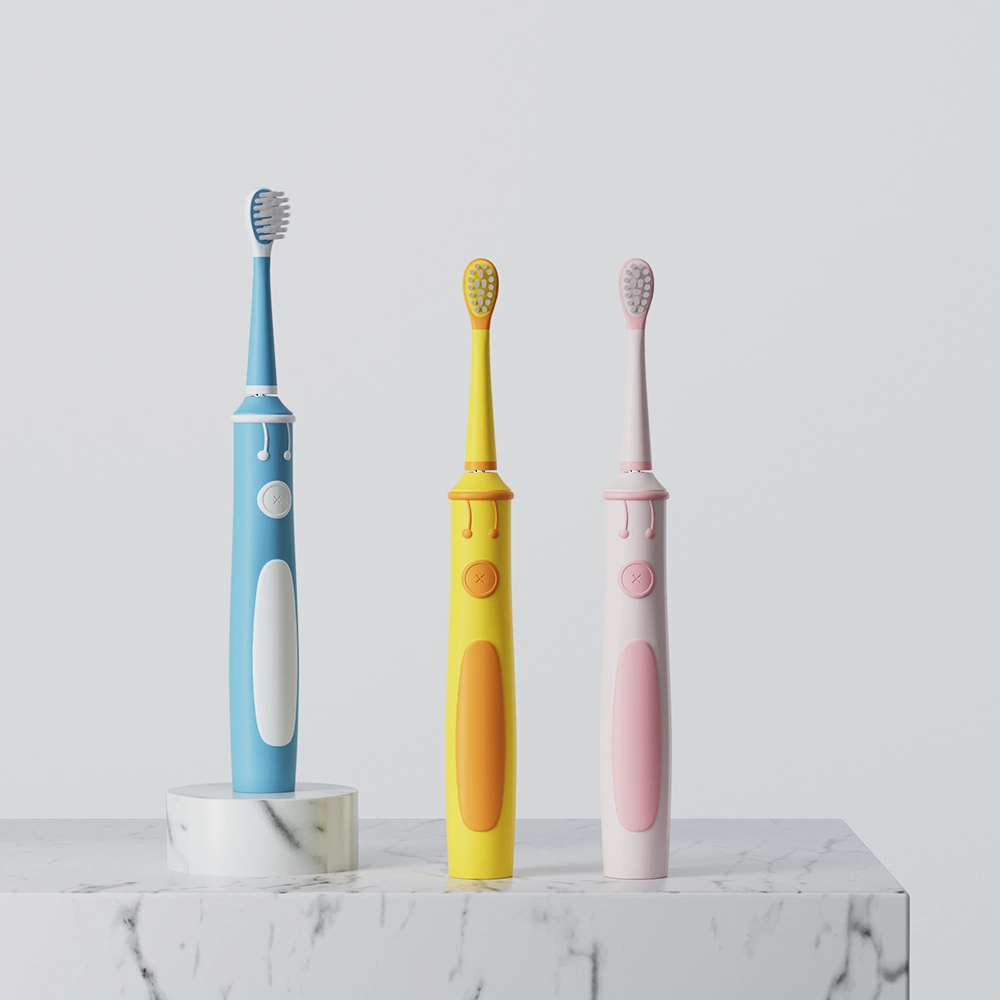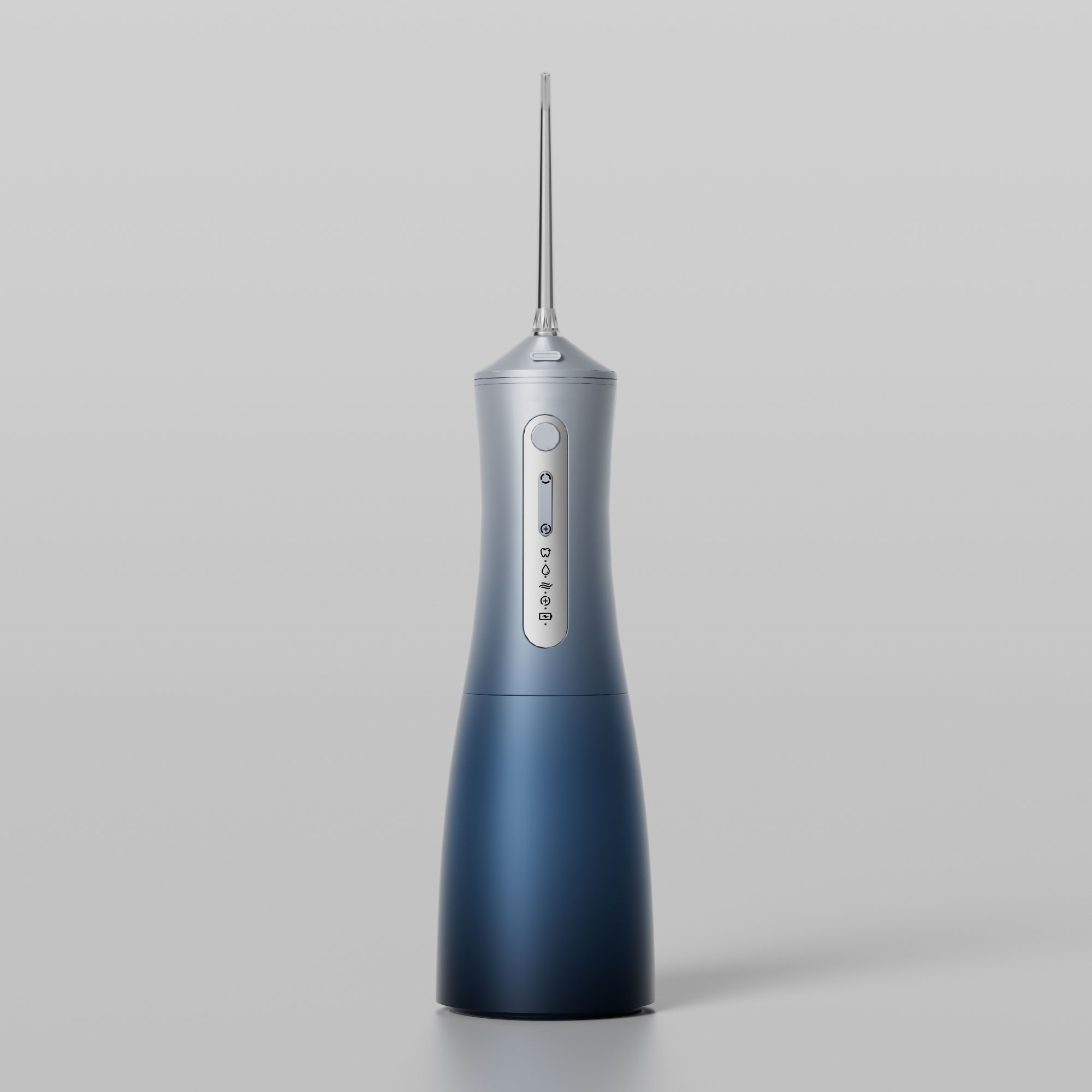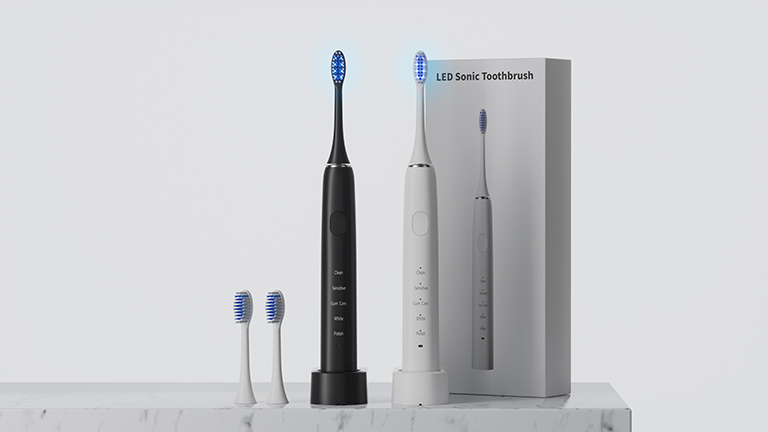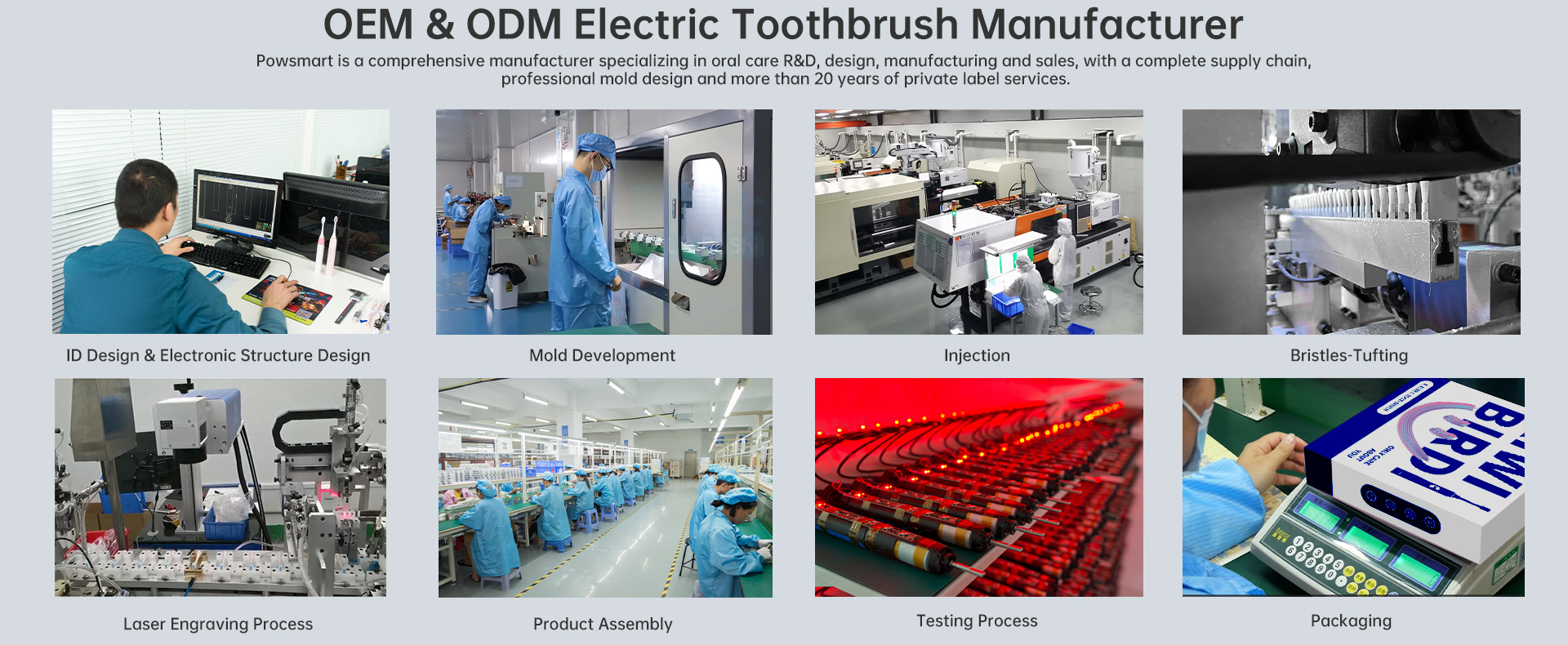LED teeth whitening devices are designed for frequent use in wet environments—bathrooms, sinks, or even in-shower whitening routines. In such conditions, waterproofing is not just a convenience, it’s a crucial factor for durability. Manufacturers aiming to increase device lifespan and reduce warranty claims are now turning to teeth whitening waterproof patent technologies to stay competitive. In this blog, we explore how innovations in waterproof engineering, such as achieving the IPX7 waterproof level, integrating anti-corrosion design, and focusing on durability optimization, can extend the lifespan of LED whitening products and improve customer satisfaction.
The IPX7 waterproof level is a globally recognized standard that certifies a device can be submerged in water up to 1 meter for 30 minutes without damage.
For LED teeth whitening devices, achieving this rating offers several advantages:
Products with IPX7 certification are more robust and reliable, which directly enhances brand credibility and reduces customer complaints.
Advanced manufacturers are now developing proprietary teeth whitening waterproof patent solutions to create superior internal sealing. These include:
These patented designs ensure not only water resistance but also structural integrity, making the product safer and more professional for both at-home and clinic use.
While external waterproofing prevents water ingress, internal anti-corrosion design ensures longevity even in case of moisture exposure. Key practices include:
These enhancements protect internal electronics from degradation, providing an added layer of durability optimization that customers rarely see, but always benefit from.
Material selection and structural innovation play a significant role in long-term performance. Leading manufacturers use:
These strategies combine to improve overall product toughness and ensure devices pass strict drop, heat, and aging tests, all part of true durability optimization.
In the competitive teeth whitening device industry, waterproofing is no longer optional—it’s essential. Investing in patented waterproof technologies not only improves user experience but also drives long-term value through reduced failure rates and enhanced trust.
By incorporating:
Manufacturers can build smarter, stronger, and longer-lasting whitening devices.
✅ Looking to enhance your product line with waterproof innovation? Contact us today to explore our OEM/ODM waterproof design capabilities for your next LED teeth whitening device.https://www.powsmart.com/contact-us/
Struggling with Mold Errors? Flosser Anti-Misoperation & Mold Maintenance: Your Solution?
Allergic Reactions After Pulp Irritation – Coincidence?
Orlando Travel Toothbrush – Powsmart Travel Design with USB-C Charging
Tray Discomfort Triggering Mouth Ulcers – Coincidence?

Customizing Specialty Electric Oral Care Electronics for OEM
Are App Pairing Failures Linked to Timer Sync Issues?

Does Children’s Cavity Prevention Brush Have App Connectivity Flaws?
How to Fix LCD Glitches and Sensor Errors?
.jpg)
Bulk Electric Toothbrushes United States

Prediction of the Future Development Trend of the Water Flosser Industry: Technological Innovation and Market Opportunities

Could LED Toothbrushes Be a Game-Changer in the Oral Care Field?
Electric Toothbrush for Wellness Subscription Boxes – OEM/ODM Supply Guide
.jpg)
Best Electric Toothbrush for Braces in San Antonio?

Uncovering the Secrets of OEM Factory: The Manufacturing Inside Story of Teeth Whitening Device Factory
.jpg)
How Can Water Flosser Manufacturing Process Create a Truly Eco-Friendly Oral Product?
Hawaii Saltwater-Resistant Electric Toothbrush

Electric toothbrush heads Charcoal Infused-Diamond

electric toothbrush heads Charcoal Infuse-Round

electric toothbrush heads Ultra Soft

electric toothbrush heads Deep Clean

electric toothbrush heads Regular Clean

Customization Teeth Whitening Gel
.jpg)
Florida Electric Toothbrush – Powsmart PTR-C8

Private Label Whitening Gel
whstapp
whstapp
National Toll-Free Service Hotline
+86 755 86238638